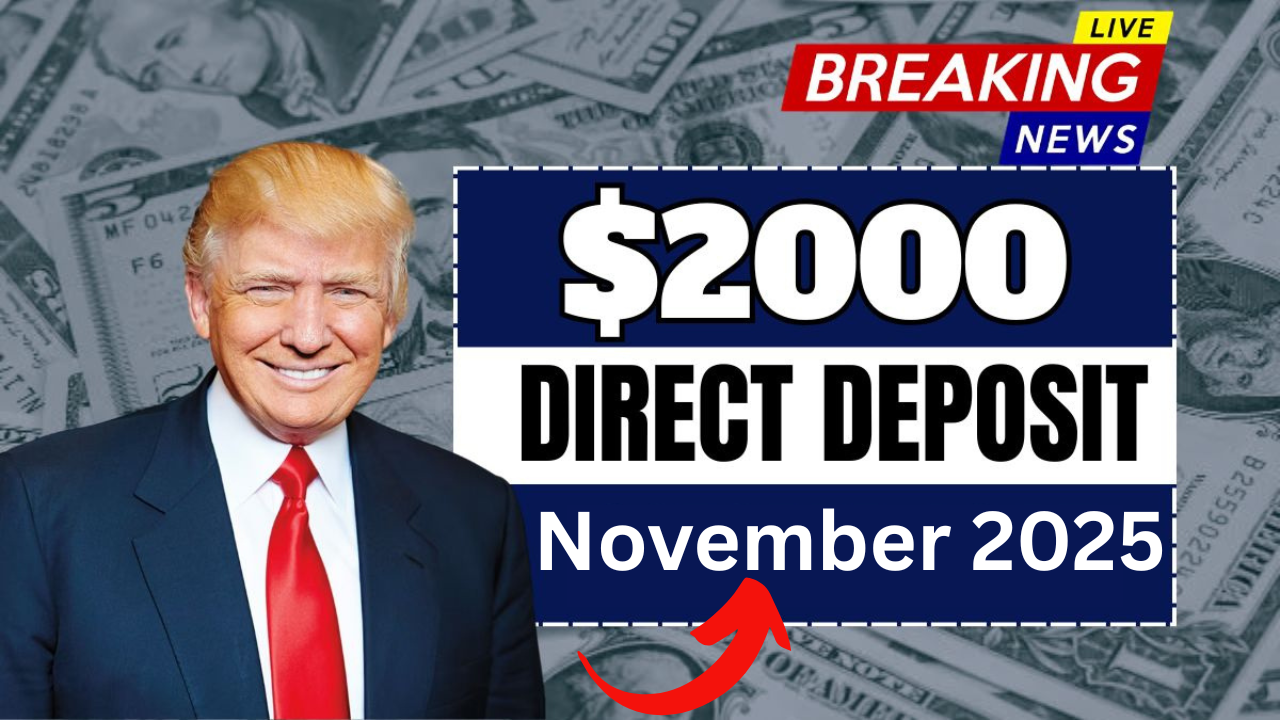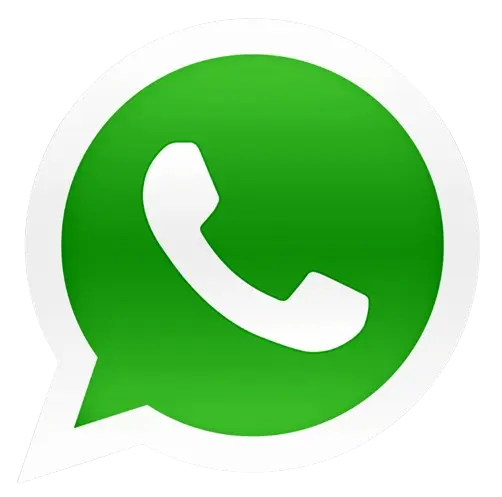$2,000 Direct Deposit:As the rising cost of living in the United States continues to challenge families, many Americans are eagerly awaiting new relief from the federal government. The good news? A plan for $2,000 direct deposits for eligible U.S. citizens is underway, and will be implemented soon under the guidance of the Internal Revenue Service (IRS) and the U.S. Department of the Treasury.
This new round of financial assistance aims to help citizens facing rising expenses on essential items like rent, groceries, healthcare, and utilities. If you’re wondering who’s eligible, when to expect payments, and how to ensure you get your payment, here’s a complete guide explaining everything you need to know.
What is a $2,000 Direct Deposit Payment?
The $2,000 direct deposit is a proposed federal relief initiative intended to provide immediate financial assistance to individuals and families who will continue to struggle with inflation and high living costs even in 2025.
Although not officially called a “stimulus check,” the program shares similar characteristics—offering tax-free, lump-sum payments directly into the accounts of eligible Americans. The IRS will monitor the distribution process and ensure that payments reach taxpayers, Social Security recipients, and veterans as efficiently as possible.
Its purpose is simple: to provide financial assistance that can help families remain financially stable amid economic uncertainty.
Eligibility for a $2,000 Direct Deposit
Eligibility for the upcoming $2,000 payment is based on income level, filing status, and certain federal benefit programs. If you filed a tax return for 2024 or received federal assistance, you may already be in the process of automatically receiving your deposit.
Here are details of the eligibility guidelines:
| Filing Status | Adjusted Gross Income (AGI) | Payment Amount |
|---|---|---|
| Single Filers | Up to $75,000 | Full $2,000 |
| Married Filing Jointly | Up to $150,000 | Full $4,000 (for the couple) |
| Head of Household | Up to $112,500 | Full $2,000 |
| Above these limits | Gradual phase-out | Reduced payment |
Other eligible groups include:
- Social Security (SSI/SSDI) and Veterans Affairs (VA) beneficiaries
- Railway retirement recipients
- Low-income non-filers, provided they meet residency and citizenship criteria
Those with income above the threshold will receive a reduced payment based on income.
Payment Dates: When will the $2,000 be sent?
According to preliminary reports, $2,000 direct deposit payments are expected to begin in November 2025, distributed in multiple phases to ensure accuracy and timeliness.
Estimated Payment Timelines
- Phase 1: Direct deposits for taxpayers with updated banking details – beginning November 12, 2025
- Phase 2: Payments for Social Security, Small Business Administration (SSI), and VA recipients – November 18-24, 2025
- Phase 3: Paper checks and prepaid debit cards (EIP cards) for remaining recipients – November 25 to early December 2025
Those who have established direct deposit arrangements with the IRS will receive funds faster than those waiting for paper checks.
How to Receive Your Payment
You do not need to apply separately for the $2,000 payment. The IRS will automatically distribute the funds based on your latest tax return or benefit record.
You will receive the payment as follows:
-
Direct Deposit: Sent automatically to your registered bank account — fastest and most secure option.
-
Paper Check: Mailed to your home address on file with the IRS if direct deposit isn’t available.
-
EIP Debit Card: Issued to citizens without a bank account, allowing easy withdrawals or purchases.
If you’ve recently moved or changed bank accounts, update your details immediately at IRS.gov to avoid delays.
IRS Instructions for Citizens
The IRS has issued important reminders for Americans expecting relief payments:
- If you haven’t yet filed your 2024 taxes, file them – this determines your eligibility.
- Check your IRS online account to ensure your mailing and banking information is correct.
- Beware of fraud: The IRS never asks taxpayers for personal information by phone, text, or email.
- Use the “Get My Payment” tool (when reactivated) to monitor the status of your payment.
By keeping your information up-to-date and verifying your tax status, you can ensure your payment is sent without delay.
Why This Payment is Important
For millions of Americans, the $2,000 payment isn’t just a government policy—it’s a lifeline. With the cost of living rising even in 2025, many families are struggling to meet daily needs. This payment not only provides financial relief but also peace of mind—a reminder that help is still available if needed.
From seniors on fixed incomes to working parents managing multiple bills, this initiative could make the difference between falling behind and getting ahead again.
Frequently Asked Questions (FAQs)
1. Is the $2,000 direct deposit confirmed?
The federal government is finalizing the plan, and payments are expected to begin in November 2025 once approval is complete.
2. Who qualifies for the payment?
U.S. citizens earning below $75,000 (single) or $150,000 (married), along with Social Security, SSI, and VA beneficiaries.
3. Do I need to apply for this payment?
No. Payments will be sent automatically based on IRS or federal benefit records.
4. Will the payment affect my benefits?
No. The $2,000 payment does not count as taxable income and won’t impact Social Security or VA benefits.
5. How can I track my payment?
Once payments begin, the “Get My Payment” tool on IRS.gov will allow you to view your payment method, date, and status.

